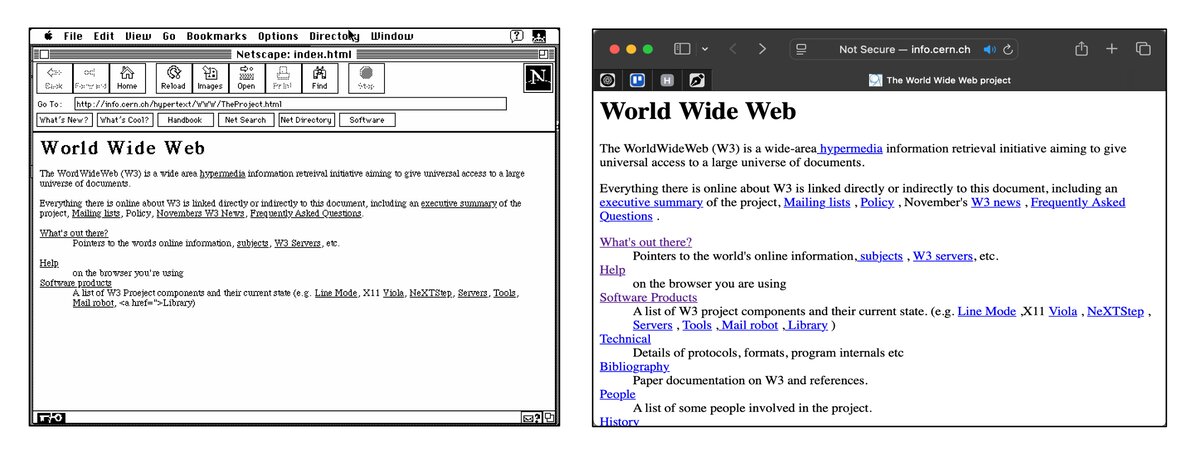
"I'm using pure HTML and CSS to accomplish all that and to build things in a fraction of the time. Building HTML pages is easy As software engineers, I think we have a tendency to over-engineer things. If you've built web pages recently, you probably used HTML and CSS, but you probably also used a complex framework, over-engineered JavaScript, crazy deployment routines, and more. By contrast, for me, building pure HTML and CSS pages is a breeze and a joy."
"Some of our services are keeping pace. Internet speeds have increased about 20 times over the last decade. That far outpaces page size increases, but not everyone has access to these faster services. Users in rural areas are especially impacted. Plus, all of us have felt these problems with the limited data available in some areas on our mobile devices."
Pure HTML and CSS produce lightweight, fast-loading pages that render quickly across modern browsers and require minimal maintenance. HTML has remained backward compatible since 1991, allowing simple content to stay evergreen without complex toolchains. Growing page sizes and heavy JavaScript increase energy use, bandwidth, latency, and render time, disproportionately affecting users with slow or limited connections. Small static pages reduce carbon and perceived load time while avoiding frequent security updates and deployment complexity. Static HTML can be hosted on many inexpensive or free platforms, simplifying deployment and lowering operational costs. Building with plain HTML and CSS can be faster and less error-prone.
Read at Joeldare
Unable to calculate read time
Collection
[
|
...
]